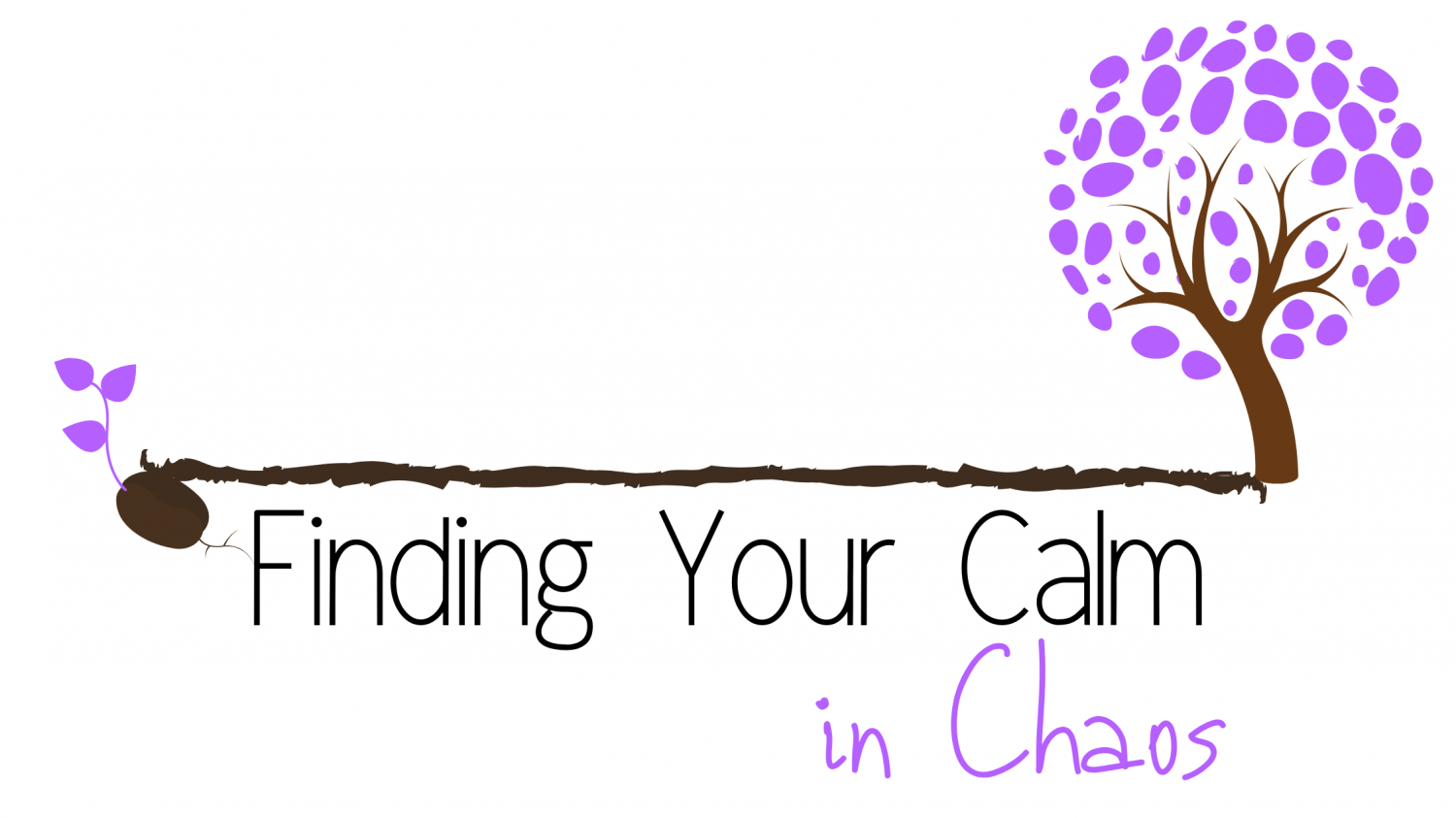At the end of all my blogs you will find a section called TOOLS FOR YOUR TOOL BOX. These include a quick guide that relates to the topic of the blog. Depending on the topic of the week, this will contain a section on how to use or not use the communication technique followed by a section explaining what to do if you encounter a negative communication style. I will compile these tips into our toolbox for easy access each week. Anywhere you see the tools ![]() or toolbox
or toolbox ![]() throughout the blog you can simply click on the image to come right here to our Communication Toolbox.
throughout the blog you can simply click on the image to come right here to our Communication Toolbox.
Passive Aggressive Communication: What just happened? Part 1 Zingers!
To keep from throwing a zinger someone’s way:
- Say nothing at all if you are not asked or if your answer will not be genuine
- Keep your response short and do not add a but or an and to your response
- Give your honest opinion without making your answer “flowery”
To handle Zingers aimed at you
- Simply say OUCH
- Look them in the eye and lean forward. Remain silent
- For when you are feeling attacked or you are dealing with a repeat offender. Express your feelings clearly. “I feel as if you are angry at me and I am not sure what I did to upset you. If you would like to talk about what is bothering you, I would be happy to listen”

Passive Aggressive Behavior: Part 2 The Silent Punisher
To keep from being a the silent punisher:
- Use mood check
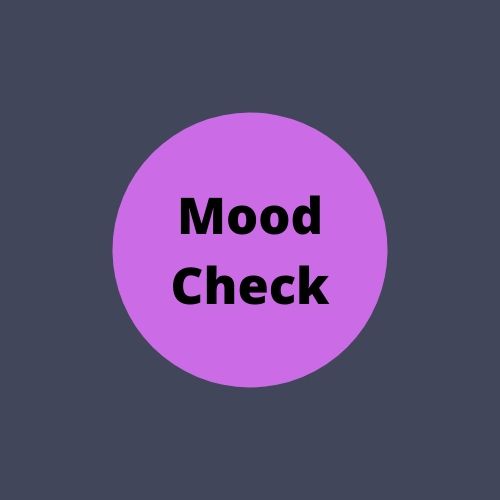
- Approach directly
- Remember Every Week Sunsets Visit

Remember Every Week Sunsets Visit
1. Express your feelings about the situation. 2. Briefly explain Why you feel that way using an example of the event. 3. Suggest a Solution that would work for you 4. Validate the other person by letting them know that they are important to you.
To address the silent punisher behavior
- Address it when we connect it!
- Connect the silent punisher event to asking if they are angry
- Make yourself more emotionally available to those you love so they feel secure in communicating with you

Boundaries: The Invisible Shield
To set effective boundaries:
- Remember the difference between an ultimatum and a boundary
- An Ultimatum is a final demand or condition
- A boundary defines what behaviors you will and will not allow in your life
- Make a list your things that disturb your calmness and things that go against your core values
- Eliminate anything from your list that is directed at changing another person’s behavior or their beliefs or can be addressed with clear communication
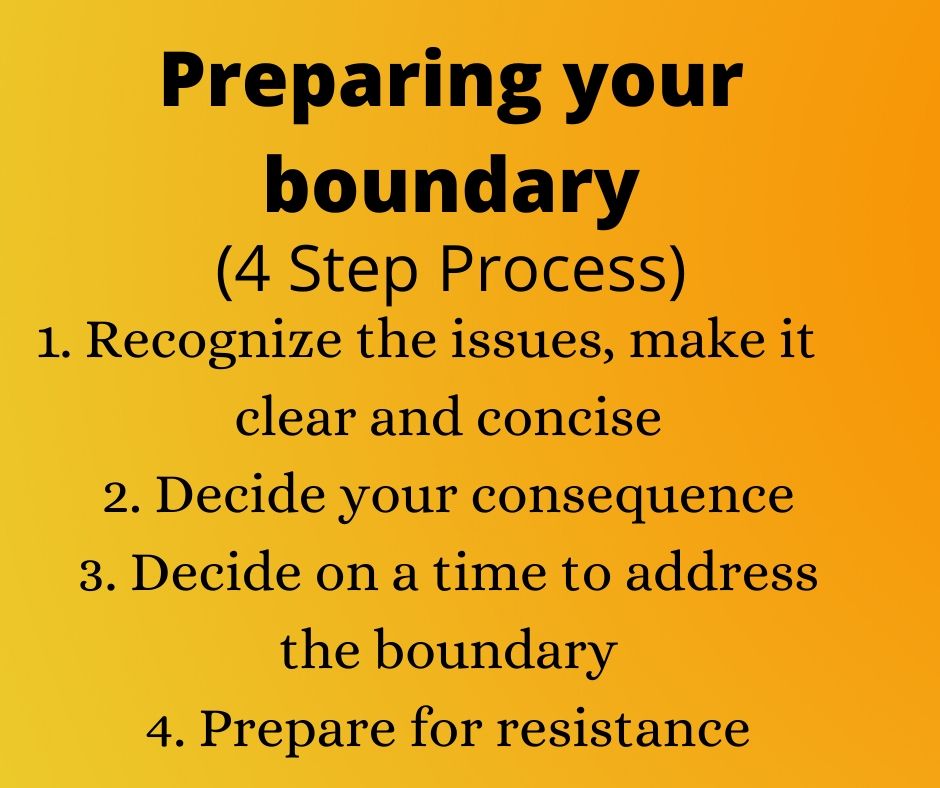
- You devalue your boundary if you explain or debate it
- Not all boundaries need to be permanent or fixed

Gaslighting: Seeing Through the Clouds of Chaos
Remember what Gaslighting is:
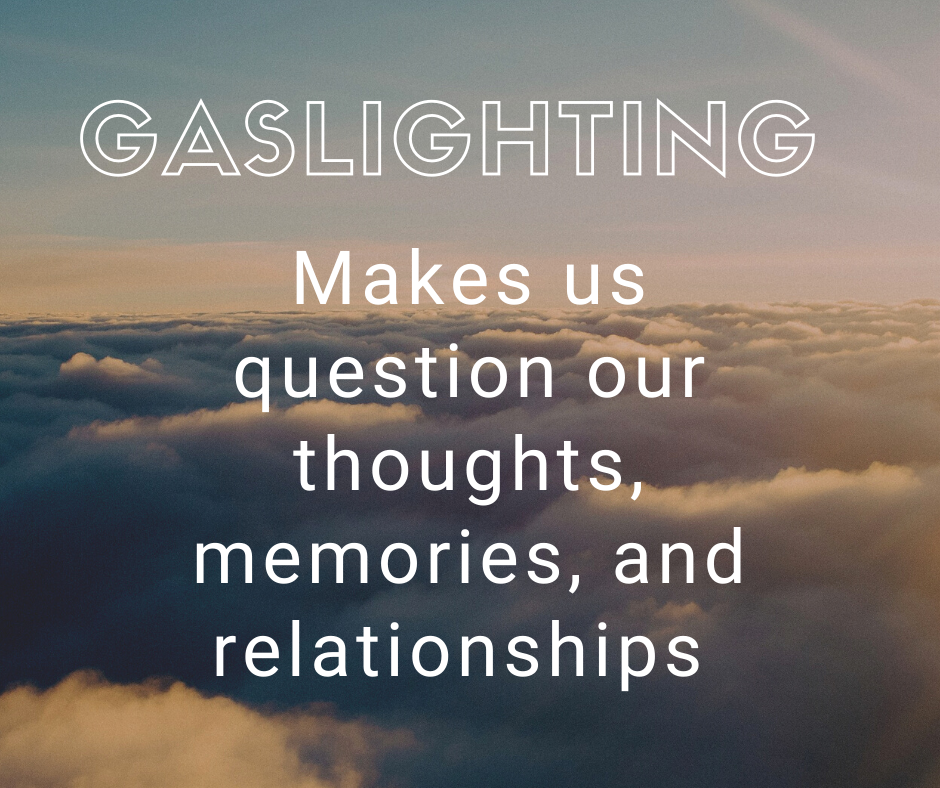
To recognize Gaslighting:
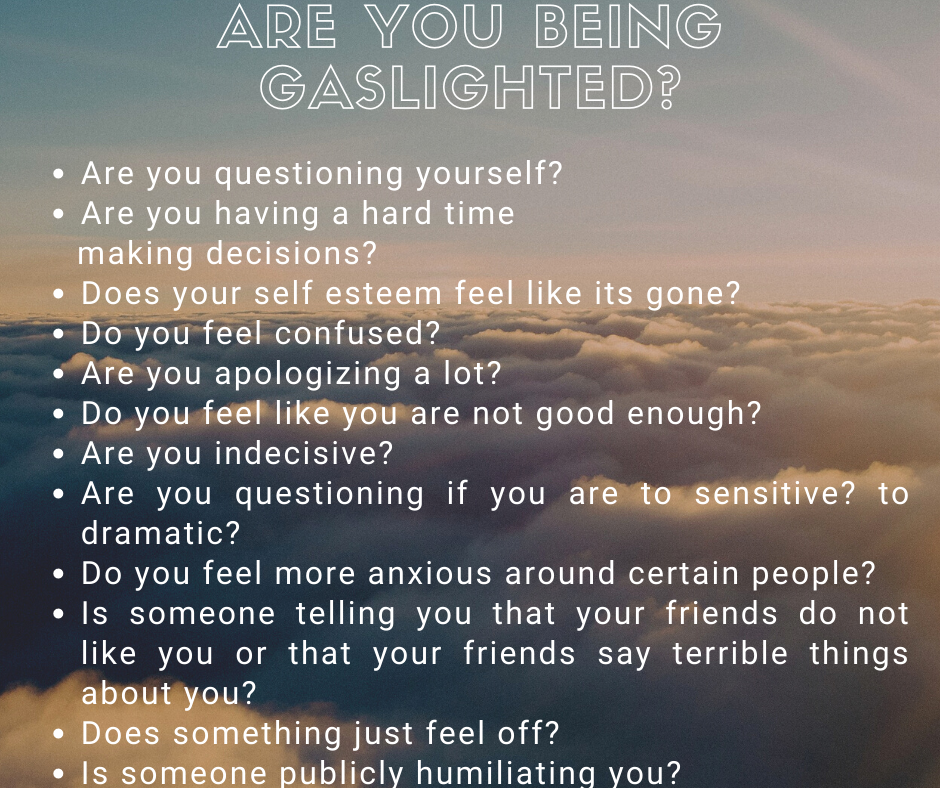
To Stop Gaslighting in its tracks:


Validation: The Good, The Bad, and The Ugly
What validation and invalidation sound like:]

What validation and invalidation sound like:

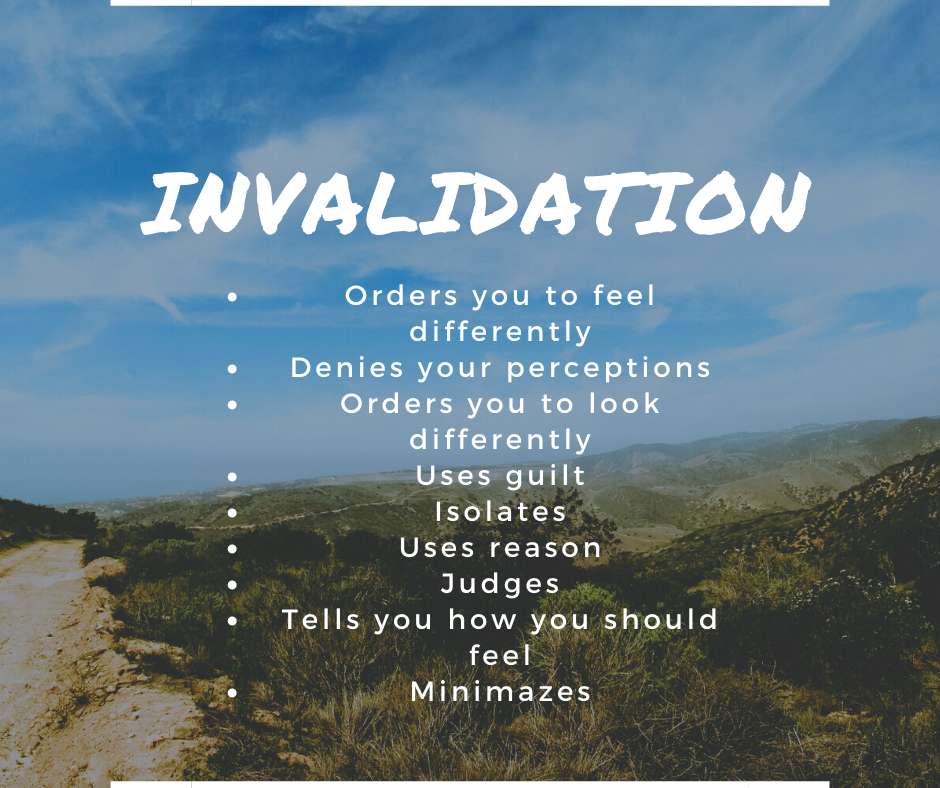
Validating children:

Changing our internal validation:


Toxic positivity: The Poison Apple
What is Toxic Positivity?
Toxic Positivity is an overgeneralization that states that being positive will overcome any obstacle. This is ineffective, dismissive, and denies most natural human feelings. Toxic Positivity minimizes and invalidates our own and others’ experiences.
What does Toxic Positivity sound like?
Toxic Positivity sounds helpful. It sounds supporting. However, it reminds me of Passive Aggressive behavior because it feels like I should be thankful for such positive words when I am feeling upset. However, it comes across as dismissive. When we use Toxic Positivity to help comfort someone it presents itself as a rushed response, dismissive, or a complete denial of their feelings.
What can we say instead of Toxic Positivity?
Use validating statements that do not tell the other person how to feel. Let them know that you care, you are there and allow them to work through the problem in their own time. Here are some examples of Toxic Positivity statements and what we can say instead.

Codependency : Slay Your Own Dragon
What is Codependency? Codependency is a relationship dynamic where one person enables or rescues another.
Resources for Codependency:
- Schedule an appointment with a therapist who specializes in Codependency
- Read books on Codependency
- Read books on boundary setting
- Find a Co-dependents Anonymous, CODA, 12-step program in your area
- Purchase the CODA workbook and Blue Book and work through the program on your own or with a codependent group
- Join online groups for codependents

Attachment Styles: Every Rose has its Thorn
What are the four attachment styles? Secure, avoidant, anxious and fearful
Secure attachment – Children with Secure Attachment feel protected by their caregivers and know they can depend on them. These children grow into adults who can maintain healthy relationships.
Avoidant attachment– Children who develop Avoidant Attachment had caretakers that minimized, scolded, or ignored their feelings and needs
Anxious attachment– Children who develop Anxious Attachment had caretakers inconsistent with responses. Caretakers often met their own emotional needs through the child.
Fearful attachment –Children who develop fearful attachment had caregivers that used threats or could not meet the basic needs of the child. Severe cases of abuse and neglect contribute to this attachment style.
Where can I find out my attachment style? Click here

Control: The Imaginary Bubble
What is within our control? Your thoughts, your words, your actions, your behavior, and your feelings are all within your control.
What is not within our control? Other people’s thoughts, words, actions, behavior, or feelings are NOT within our control.

Battling Anxiety: Personal Bill of Rights

![]() Who can I contact for help with anxiety? Anxiety and Depression Association of American
Who can I contact for help with anxiety? Anxiety and Depression Association of American

